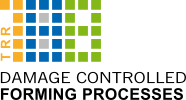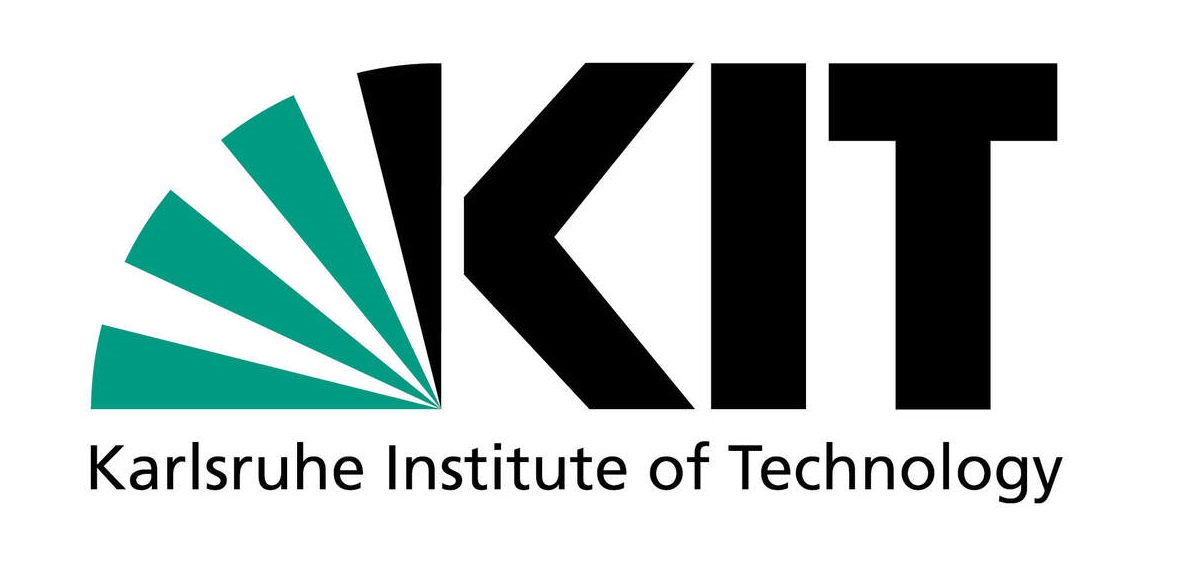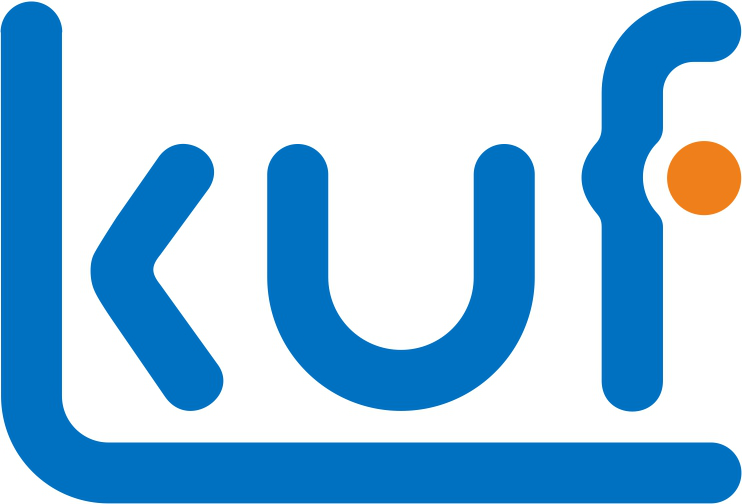A - Process technology
The overall objective of the A-area is to prove the hypothesis that damage accumulation during forming of geometrically identical products from identical materials can be controlled, and in particular, reduced, by suitable process control or process modifications. In this way, it is expected that properties such as fatigue life and resistance to impact of formed components will be improved. To verify this hypothesis, two representative process chains for the production of bulk and sheet metal components with representative steel materials are used. In the area of semi-finished products, flat rolling was considered. In the 1st funding period, it was shown that the amount of damage occurring during hot rolling is negligible. However, depending on the process conditions of hot rolling and subsequent cooling, damage-critical microstructural features, like banded structures, could be avoided. Hence, this finding offered new options for the design of damage-tolerant microstructures. In the 2nd funding period, measures for damage-controlled cold rolling were successfully identified. Cold extrusion (using 16MnCrS5 steel) of more complex geometries, bending and roll forming as well as deep drawing (using DP800 steel) were investigated for the production of components. The focus of these studies was to investigate the effect of loading path changes, the Lode parameter and heat treatments on the damage (and hence performance) in the formed components. Further, the transfer project T01 allowed the investigation of cyclic loading during forming on damage.
Projects of project area A:






